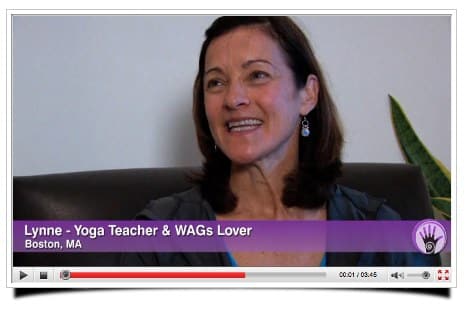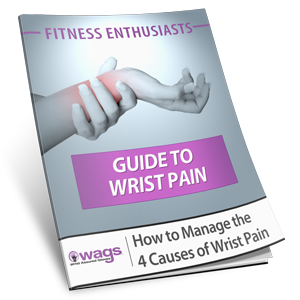Thumb arthritis is common if your older than 40 and it’s especially prevalent in women. It occurs as cartilage wears away from the base joint of your thumb — also known as the CMC or carpometacarpal joint, that attaches your thumb to your wrist.
Thumb arthritis can make doing all the various things we do with our hands difficult! It’s why the CMC joint is often the 1st place arthritis show up, because we use our thumbs every day in so many ways.
The symptoms may include swelling, stiffness, decreased strength and range of motion, discomfort or severe pain. Pain at the base of your thumb is usually the first symptom. You notice it when pinching small objects, opening jars, grasping, or pressing with some force. The joint can become enlarged and protrude a bit.
Thumb arthritis commonly occurs as we age, but previous injuries to the thumb increase the likelihood. Our cartilage that covers the ends of our bones allows them to glide smoothly, but as the cartilage deteriorates it gets rough and eventually you can end up with the bone on bone rubbing against each other.
Risks factor include – being female, your age, previous fractures and sprains, hereditary conditions like loose ligaments, activities or jobs that use the thumbs and put stress on them and obesity.
If you suspect arthritis is developing start paying attention to how you use your thumbs and modify the activities that cause pain. If you have persistent swelling, stiffness, and pain at the base of your thumb it might be time to see your doctor or a Certified Hand Therapist. They can help you with thumb splints and wraps, range of motion exercises and modifying your daily tasks. You may need medication for pain and inflammation.
The best course is to catch thumb arthritis early and give yourself the support and modifications you need so it doesn’t quickly progress from continued wear and tear. After all we need our thumbs working well for a long time!





I have another condition, known as De Quervain’s tenosynovitis, which is painful at times. I’m learning how to stretch out my hands and fingers periodically when doing something like driving for a distance. Yoga also helps a lot, too, as do the splints I ordered from wristassured.com.
One thing you can do is buy a splint that limits your thumb movement so it stays immobile while your healing. With De Quervain’s you want to limit thumb and wrist movement. The gloves you ordered should help too, as the wedged gel pad raises
your thumb up so you don’t feel the pressure of bearing weight. -Paula
LEFT ME HANGING! Your article outlined my thumb problem exactly. BUT- I already knew what was wrong. How about outling the treatments, or anything else available, to mitigate the pain.
Here are some other blog posts where I give recommendations on thumb splints, hand exercises and general recommendations:
https://www.wristassuredgloves.com/2016/05/03/thumb-support-for-gardeners/
https://www.wristassuredgloves.com/2019/11/21/arthritis-do-you-notice-your-joints-hurting/
https://www.wristassuredgloves.com/2017/04/11/get-a-better-grip-with-best-hand-strengthening-tool/
Most trainers and yoga teachers assume people have wrist pain when the pain is actually at the base of the thumb. Modifications are helpful but once this problem exists, practitioners need to heavily pad the affected area when weight lifting or doing yoga poses that require weight-bearing on the hands. Handstands are contraindicated and go against the principle of “ahimsa” …doing no harm.
Thanks for your insights Sharon. The base of the thumb is the first place arthritis shows up in women. The wedged gel pad in WAGs elevates the thumb base so there’s not
that significant pressure on it. Paula